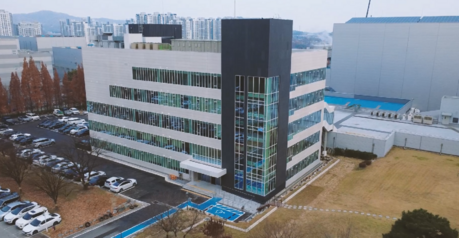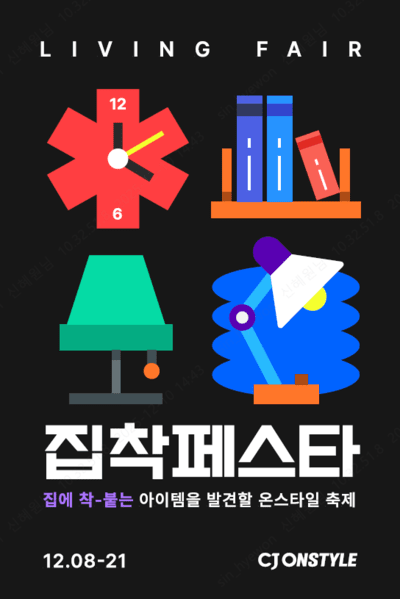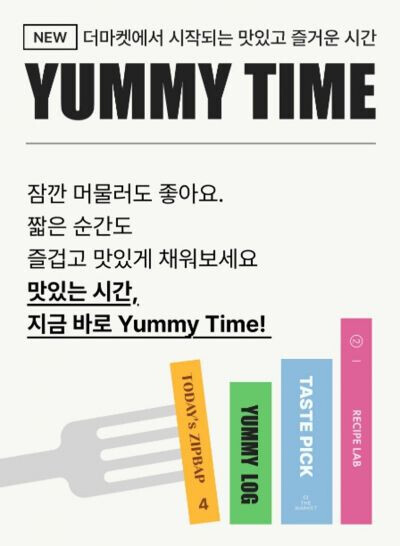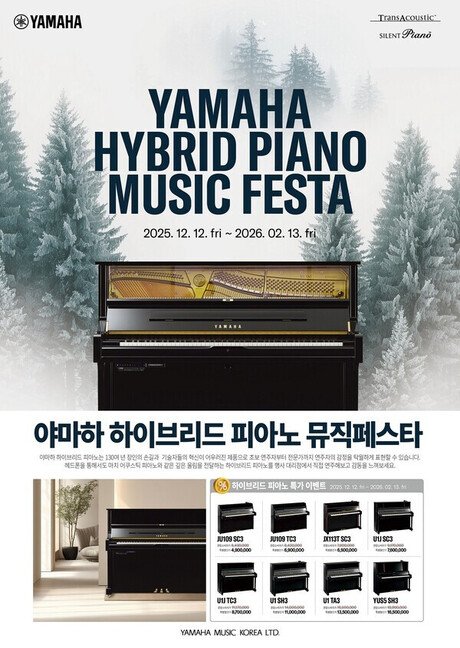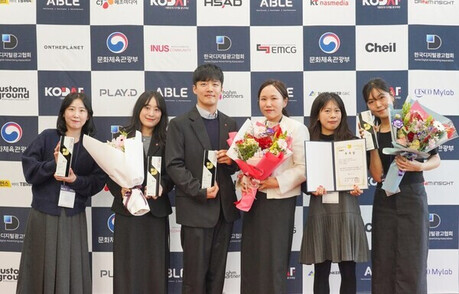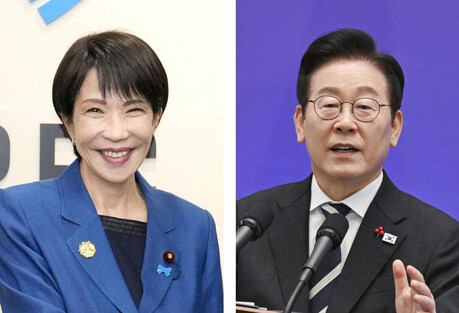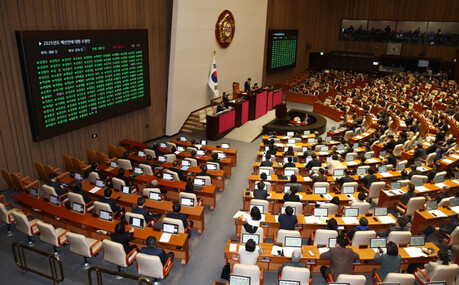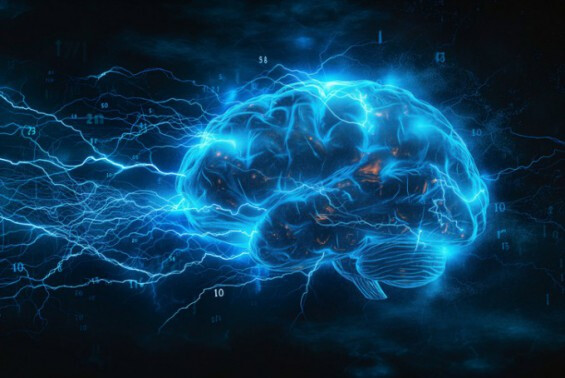
A team of Korean researchers has proposed a new strategy for treating stroke by controlling calcium signals in astrocytes, which are non-neuronal cells in the brain.
The research team, led by Dr. Chang-Jun Lee at the Institute for Basic Science (IBS), used optogenetics to restore motor function in mice that had experienced a stroke.
Stroke is a disease that occurs when blood flow to the brain is interrupted, causing brain damage. Depending on the area of the brain that is damaged, stroke can cause a variety of aftereffects, such as motor, language, and consciousness disorders.
Current treatments for stroke often involve stimulating nerve cells directly with strong magnetic fields. However, this method can stimulate areas of the brain that are not targeted and can have varying effects on different individuals.
The research team focused on astrocytes, which are star-shaped non-neuronal cells that make up the majority of cells in the brain.
In 2015, the IBS research team, in collaboration with KAIST, developed an optogenetic tool called 'OptoSTIM1' that can be used to control calcium signals in astrocytes and activate nerve cells.
When calcium signals in astrocytes increase, ATP (cellular energy) and D-serine, which enhance synaptic plasticity, are released. Synaptic plasticity is the ability of synapses, which are connections between nerve cells, to strengthen and reorganize. This is essential for recovering damaged neural circuits.
The technology developed by the research team can be used to selectively introduce calcium ions using specific wavelengths of light, allowing for stable control of calcium signals.
The research team expressed 'OptoSTIM1' in the astrocytes of the sensory-parietal cortex region of mice that had been induced to have a stroke, and activated calcium signals by shining light.
The sensory-parietal cortex region is closely related to motor function and plays a role in compensating for damaged nerve function after a stroke.
The experiment showed that the group of mice treated with 'OptoSTIM1' had improved fine motor skills using their forelimbs.
In an experiment where they used only one forelimb to grab food through a transparent device, the success rate was 1.5 times higher than that of stroke mice that were not treated.
Overall motor ability was improved, such as increased mobility, travel distance, and speed in open spaces, and motor ability was recovered with only 2 weeks of low-intensity light stimulation for 1 hour a day.
Dr. Chang-Jun Lee said, "We have presented a more precise and safe stroke treatment strategy targeting astrocytes, and it can be applied to the treatment of various neurological disorders such as Alzheimer's as well as stroke."
This research result was published in the international journal 'Science Advances' on the 31st of last month.
[Copyright (c) Global Economic Times. All Rights Reserved.]
















